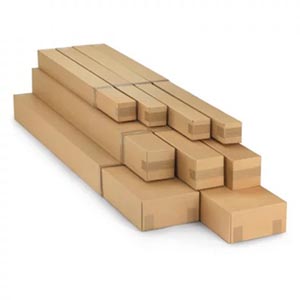Transporting a work of art is a great responsibility. A painting or sculpture is a unique work, so it must be ensured that it arrives at its destination in excellent condition. This task is one of the crucial challenges for the sector, as well as a considerable public and private investment. As an example, and according to Newtral, in Spain the Prado Museum has spent more than six million euros on the transfer of works of art for temporary exhibitions since 2018.
In this process, packaging for the transport of works of art plays a key role. RAJA® offers you this guide so that you can learn about the types of packaging adapted to each piece when it is necessary to move it, whether for a travelling exhibition, a sale or a change of location.
[tocPacking a framed painting
1. Protective packaging in direct contact with the artwork
When packing a framed painting, you should wrap it in scratch-resistant cushioning material to protect the glass in the frame and shockproof to prevent damage to the frame. You can choose from the following cushioning materials:
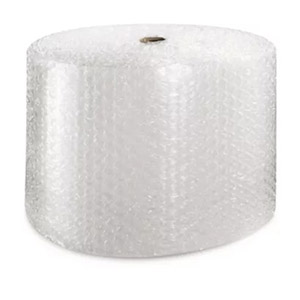
- Bubble plastic, effectively absorbs shocks.
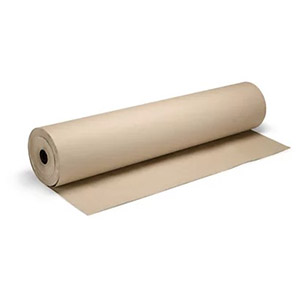
- Kraft paper for packaging, EcoResponsible cushioning alternative.
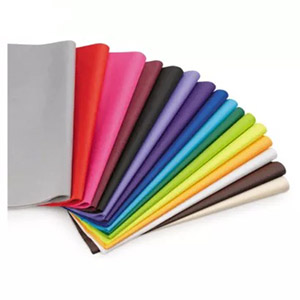
- Silk paper, besides being soft and elegant, is available in various colours.

- Polyethylene foam sheets, can be cut to the size of the frame and can be used to fill the inside of the box.
2. Corner reinforcement
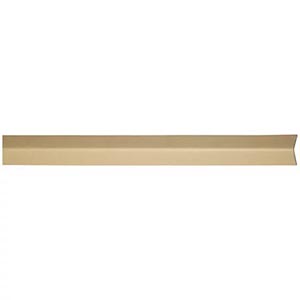
The corners should then be protected with corner protectors to prevent direct impact during transport.
3. Secondary packaging for the transport of framed pictures
The next step is to select the specific packaging for framed paintings that is most suitable for the size of the work:
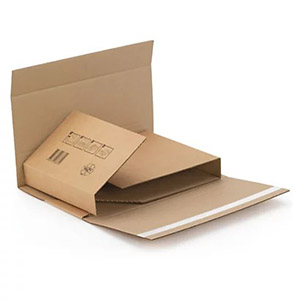
- Cross case, it is very protective due to its cardboard flanges. In addition, it can be adapted to fit the thickness of the painting.
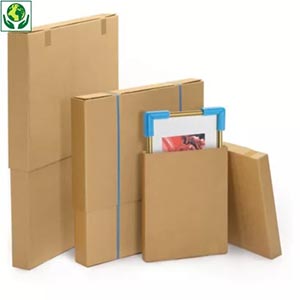
- Telescopic case, it is adjustable in height and is made of double corrugated cardboard.
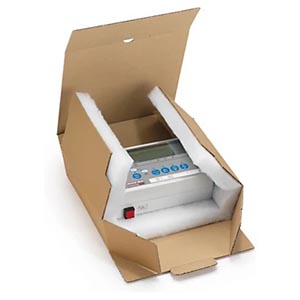
- Cardboard box with foam padding, the integrated anti-shock and anti-scratch foam is ideal for fragile, large-format products.
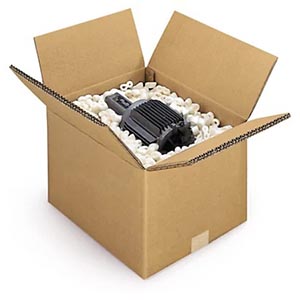
- Triple channel cardboard box, useful if the framed picture is very large or if you are packing several works at the same time.
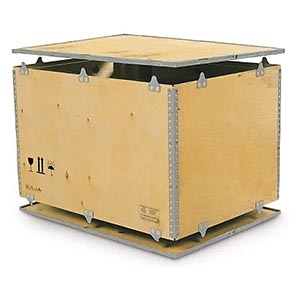
- Wooden box, suitable to ensure maximum protection for very fragile or very expensive works.
4. External protection and palletisation
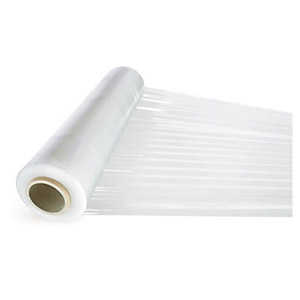
Finally, it is recommended that you wrap the package with moisture-resistant stretch film to compact the package.
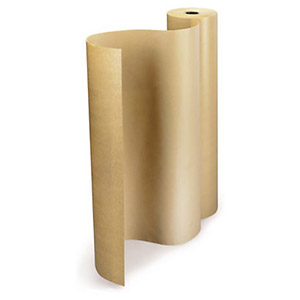
You can also choose the EcoResponsible option by wrapping it in recyclable and bio-based kraft paper.
5. Shipping labelling for the transport of works of art
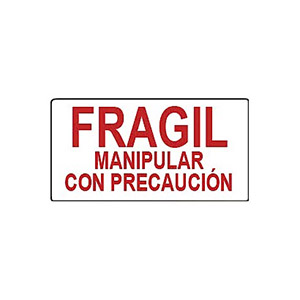
Regardless of the work you want to ship, be sure to attach a sticker to it to highlight that the product is fragile in handling for transport. This is one of the best practices for shipping fragile goods.
Packaging for an unframed painting or photograph that can be rolled up
If the work can be rolled up, you can place it between two sheets of tissue paper and then cover the cylinder with kraft paper, bubble wrap or foam. Finally, choose a cardboard packaging in which to store the contents:
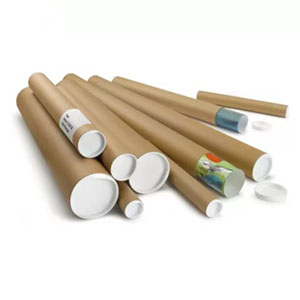
- Shipping tube, round, square or triangular.
Packaging for a flat artwork
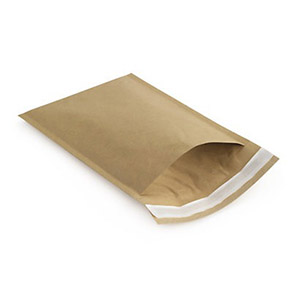
Some paintings or photographs cannot be rolled up for transport, but can be shipped unframed. In this case, you can place the artwork on a piece of stiff cardboard. Then place it in a padded envelope for safe transport.
Transporting artwork: steps for shipping your paintings
- Place a sheet of kraft paper previously cut to the desired size on a table.
- Place a sheet of tissue paper on the kraft paper.
- Place the artwork with the visible side of the canvas in contact with the tissue paper. It is not advisable to touch the surface with bare hands: use gloves.
- Fold the kraft paper over the back of the board and tape it to the sides. If the work has glass, use corner pieces.
- Place a large sheet of bubble wrap on the table.
- Turn the work over to put the canvas face up, fold and tape the bubble wrap.
- Use a cardboard box adapted to the size of the work to reinforce the protection of the frame. Add a sheet of cardboard to the bottom and insert the work with the canvas facing upwards.
- Stick a label on the outside to specify that the contents are fragile.
Packaging for a sculpture or an installation
As each sculpture or installation will have specific dimensions and weight, you will need to choose artwork transport packaging according to these characteristics.
- We recommend packing in a wooden box that exceeds five to ten centimetres on each side of the work.
- Carefully wrap the work in bubble wrap and place it in the packaging.
- Secure the object using scratch-proof and shock-proof padding, such as foam board or kraft paper.
- It is advisable to provide the artwork with three layers of protection to secure the package. The same applies to the shipment of antique books.
Remember that the more fragile or expensive the artwork is, the more precautions should be taken to ensure that it is not damaged in transit. In the RAJA® online shop you will find everything you need to pack your most valuable items. Check out our section on padding and protective packaging and place your order – you will receive it in just 24/48 hours!











